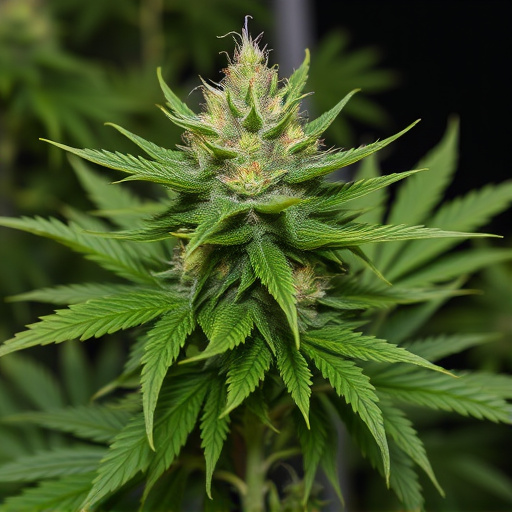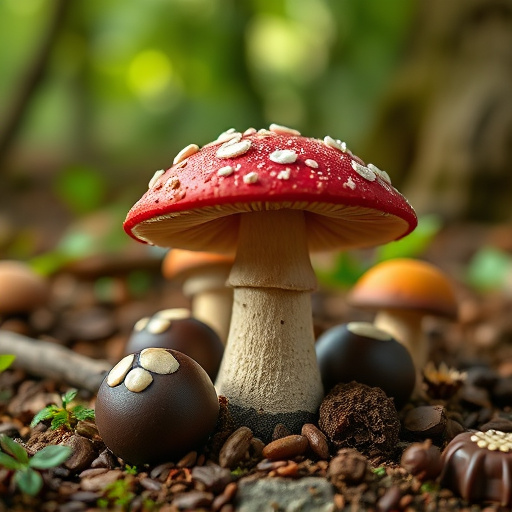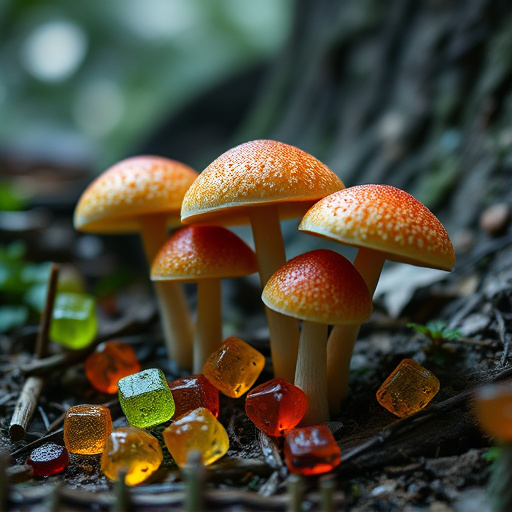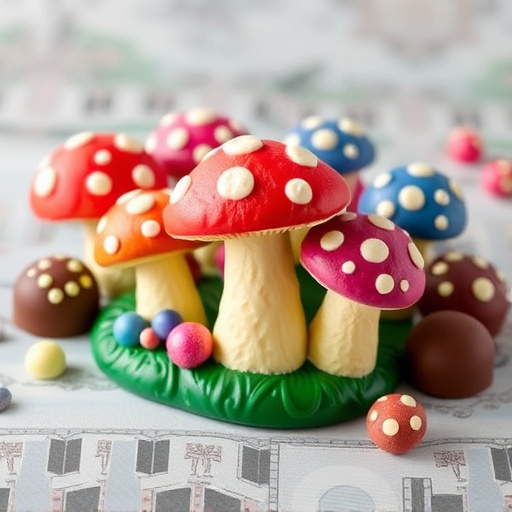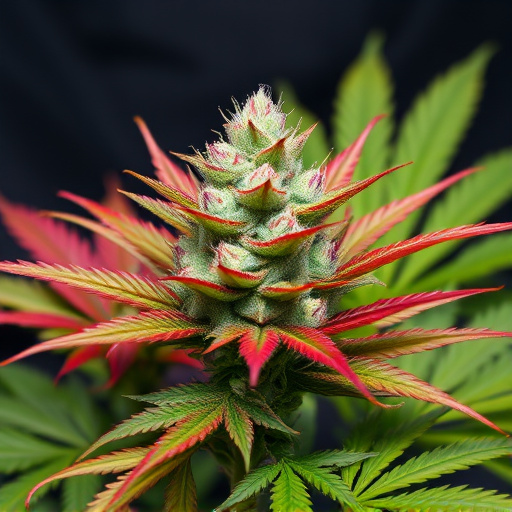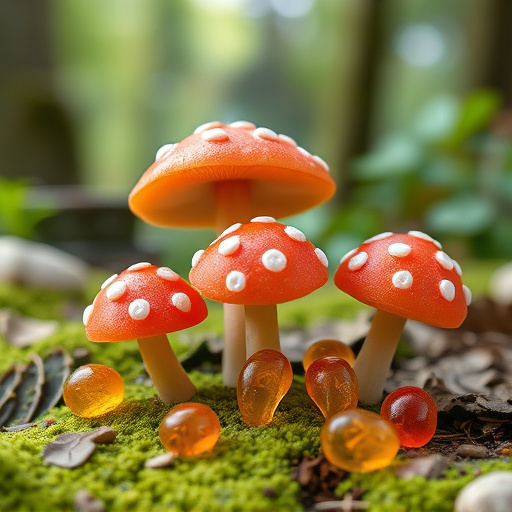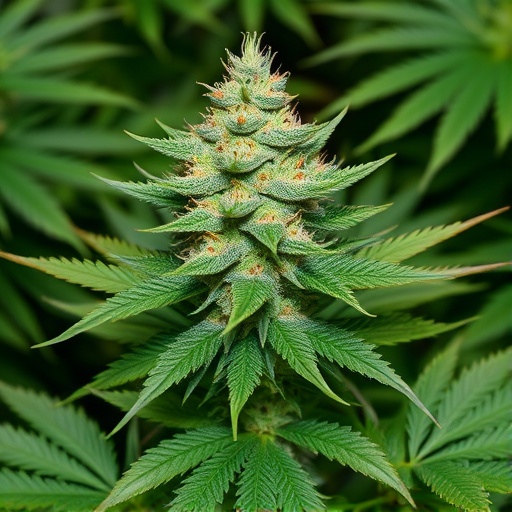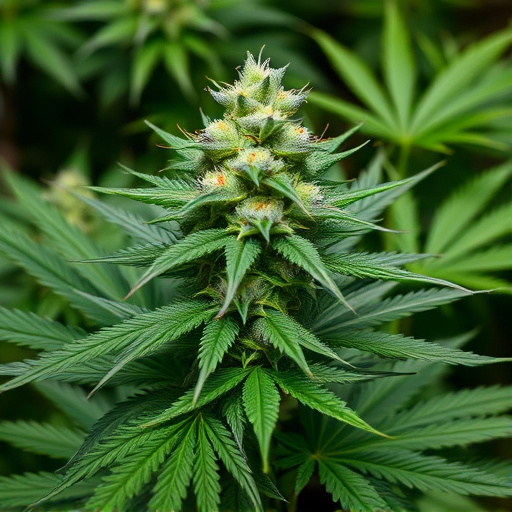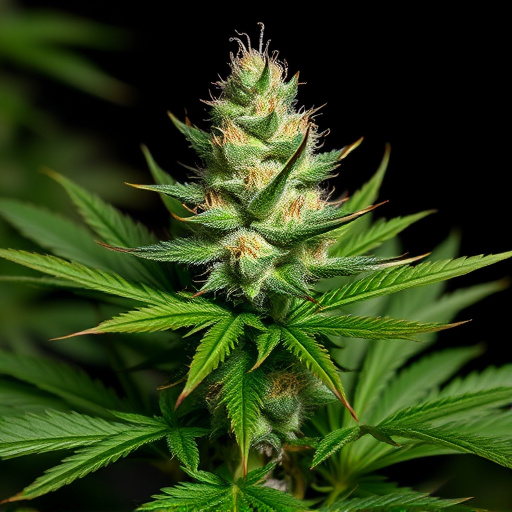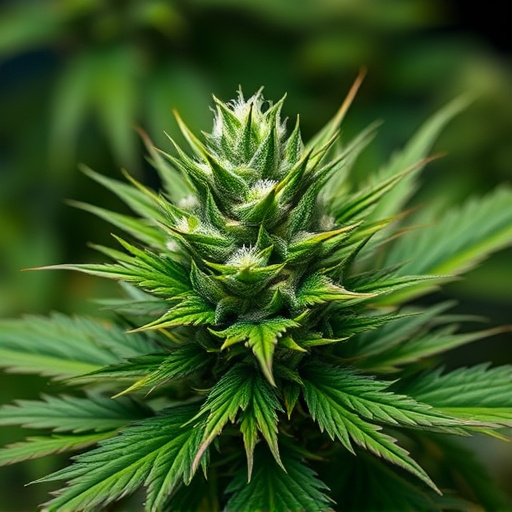Cannabis cultivation excels under specific environmental conditions, with outdoor and indoor methods offering unique advantages. Outdoor growing leverages natural sunlight, fostering robust plant development and potentially producing potent strong cannabis strains with desirable terpene profiles. However, it's subject to variable weather, pests, and diseases. Indoor cultivation provides climate control and precise condition management, enabling year-round production of specific strong cannabis strains. While indoor setups demand significant investment, outdoor conditions can be unpredictable, and artificial lighting may not fully replicate natural sunlight's benefits. The ideal goal is to create optimal environments for superior strong cannabis strains.
In the ever-evolving world of cannabis cultivation, understanding the nuances between outdoor and indoor growing environments is paramount. This article delves into the heart of this debate, exploring how environmental factors like sunlight, temperature, and humidity shape cannabis growth, while weighing the pros and cons of each setting. Discover the ideal strains for outdoor and indoor cultivation and learn which method best aligns with your needs, from space constraints to budget considerations, ultimately aiming to produce a strong cannabis strain.
- Growing Conditions and Environmental Factors
- – Outdoor vs Indoor environments: key differences
- – Impact of sunlight, temperature, humidity on cannabis growth
Growing Conditions and Environmental Factors
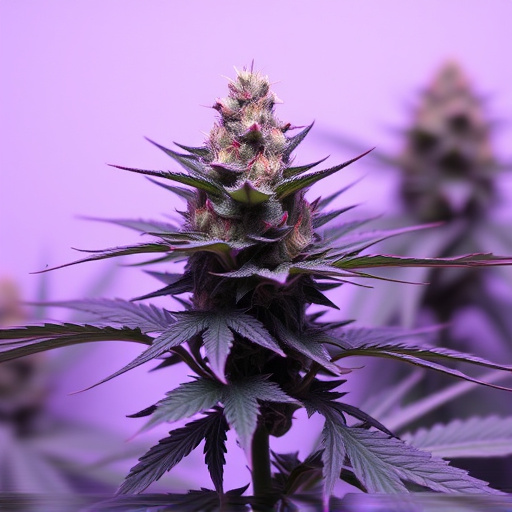
Cannabis plants, much like any other, thrive in specific growing conditions that can significantly impact their final characteristics and quality. When it comes to outdoor versus indoor cultivation, each environment offers unique advantages and challenges. Outdoor cultivation allows plants to benefit from natural sunlight, which is crucial for robust growth and the development of strong cannabis strains. Adequate sun exposure promotes lush foliage and often leads to larger yields. However, outdoor conditions are more variable; factors like temperature extremes, rainfall, and pests can affect the overall health and potency of the crop. On the other hand, indoor growing environments provide control over these variables, ensuring plants receive consistent care. Artificial lighting mimics the spectrum of natural sunlight, enabling growers to cultivate strong cannabis strains year-round without worrying about seasonal limitations. Moreover, controlled climate conditions inside grow rooms help maintain optimal temperature and humidity levels for plant growth.
– Outdoor vs Indoor environments: key differences
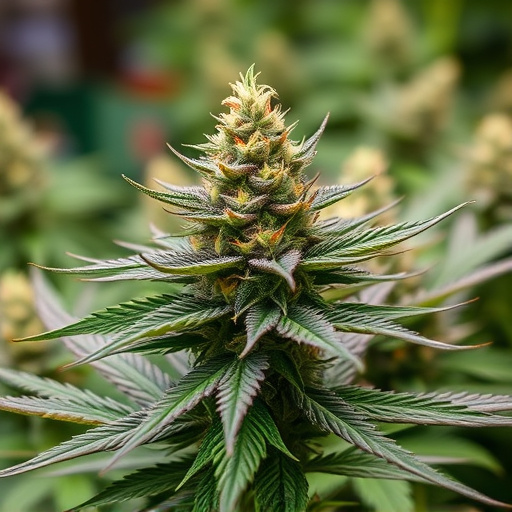
The outdoor and indoor growing environments for cannabis plants present distinct advantages and considerations, each shaping the final characteristics of the harvested product, including the strength of cannabis strains. Outdoor cultivation leverages natural sunlight, fresh air, and often beneficial environmental conditions like moderate temperatures and good soil quality. These factors contribute to robust plant growth and can result in robust, potent strains with desirable terpene profiles. However, outdoor growing exposes plants to potential pests, diseases, and unpredictable weather events that might negatively impact the harvest.
In contrast, indoor cultivation offers control over temperature, humidity, light spectrums, and other environmental variables, creating an ideal, consistent growing environment. This allows growers to cultivate strong cannabis strains with specific traits precisely. Indoor setups can also protect plants from external threats, ensuring a more predictable yield. Nevertheless, indoor gardening requires significant investment in lighting, climate control systems, and space, which can be cost-prohibitive for some enthusiasts.
– Impact of sunlight, temperature, humidity on cannabis growth
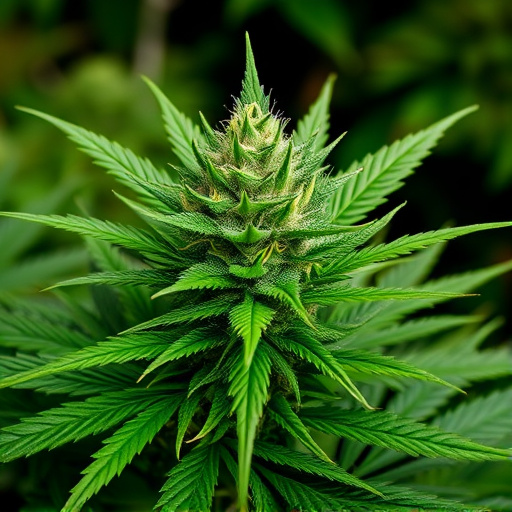
Cannabis plants, like most others, are highly sensitive to environmental factors. Sunlight, temperature, and humidity play a pivotal role in shaping the growth and potency of cannabis strains. Outdoor cultivation allows plants to access natural sunlight throughout their life cycle, promoting robust stem development and robust, fragrant flowers. This method often leads to faster growth rates and can result in strong cannabis strains with high THC levels. However, outdoor conditions are less controllable; variations in weather and seasonal changes can impact the harvest’s timing and quality.
Conversely, indoor growing environments offer a more consistent climate, enabling cultivators to manipulate light cycles and temperature settings. This precision fosters optimal growth conditions, leading to denser buds and potentially stronger cannabis strains. Indoor farming also provides protection from unpredictable outdoor elements, ensuring a more predictable yield. Nevertheless, artificial lighting may not fully replicate the spectrum of natural sunlight, which could affect the plant’s overall health and terpene profile.
In the quest for robust cannabis strains, understanding the nuances between outdoor and indoor cultivation is key. Each method offers unique advantages, from the natural sunlight boost and fresh air of outdoor grows to the precise climate control and year-round accessibility of indoor setups. Ultimately, the ‘better’ option depends on personal preferences, resources, and desired strain characteristics. By optimizing growing conditions—whether it’s a sun-drenched garden or a high-tech greenhouse—growers can nurture strong cannabis strains that cater to diverse consumer needs.

